The unveiling of the new bioclimatic facade of the Ministry of National Defence building
- Written by E.Tsiliopoulos
Mitsotakis: The most ambitious modernization program in the history of the Armed Forces is underway
We still need to complete both the exterior and interior of the building so that it is fully aligned with what the exterior transformation symbolizes. Defending our homeland is an absolute and non-negotiable priority. The most ambitious modernization program in the history of the Armed Forces is currently underway. Over the next 12 years, committed resources will exceed €28 billion.
“The new command center was created by Greek hands. The new bioclimatic façade faces the 121,000 names of the fallen of the Nation. From here, it radiates across the entire territory—by land, sea, and air. I am proud because this command center was built by Greek hands.”

Architect Kostas Varotsos
“When the Minister first called me, I was anxious about what I would encounter — it was truly an experience for me. To my great surprise, a miracle happened. Everyone here at the General Staff embraced this effort. We all aimed to make a cultural proposal for Athens and, more broadly, for Greece.”
“They gave me the names of the 121,000 people who fell so that we could be here and do what we do. I didn’t want to place them in a grave; I wanted them to hover. I invite you, as you leave, to pass by the monument and see them. Only the military can show how important peace is, because the military knows what war truly means.”
The project covers the southern façade, which spans 340 meters, with 730 vertical rows of white aluminum louvers, each 30.5 meters high. These are designed to improve the building’s thermal performance and provide a unified architectural identity.
The new façade is part of a broader architectural ensemble that includes the “Ark of National Memory” monument by sculptor Kostas Varotsos, which bears the engraved names of 121,692 fallen heroes from Greece’s national struggles.
“This building stands on Ancient Greek history with its folds. It is an open building, a bright building, and it does not hide anything. I want to conclude with a big ‘thank you’ to all the people who worked on these two projects. I want to thank the minister who took the risk of inviting me to carry out these projects.”
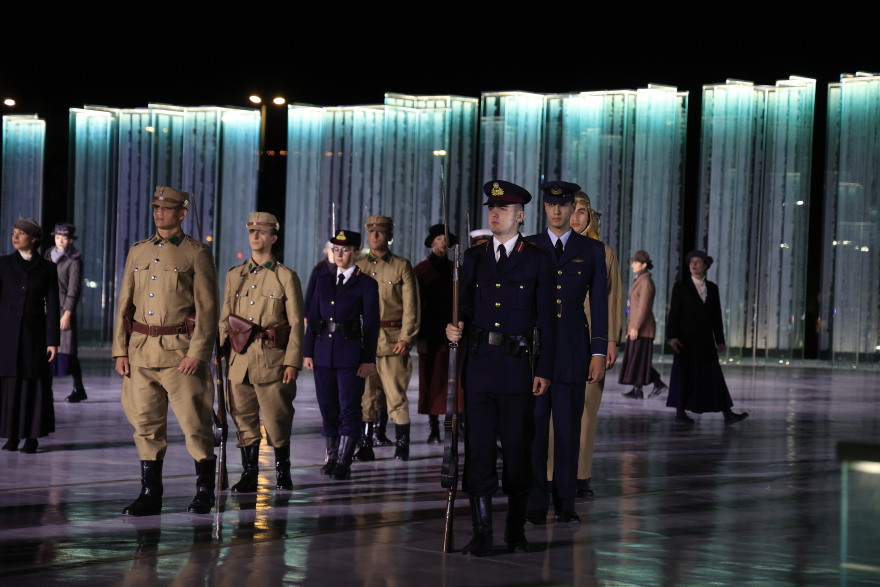
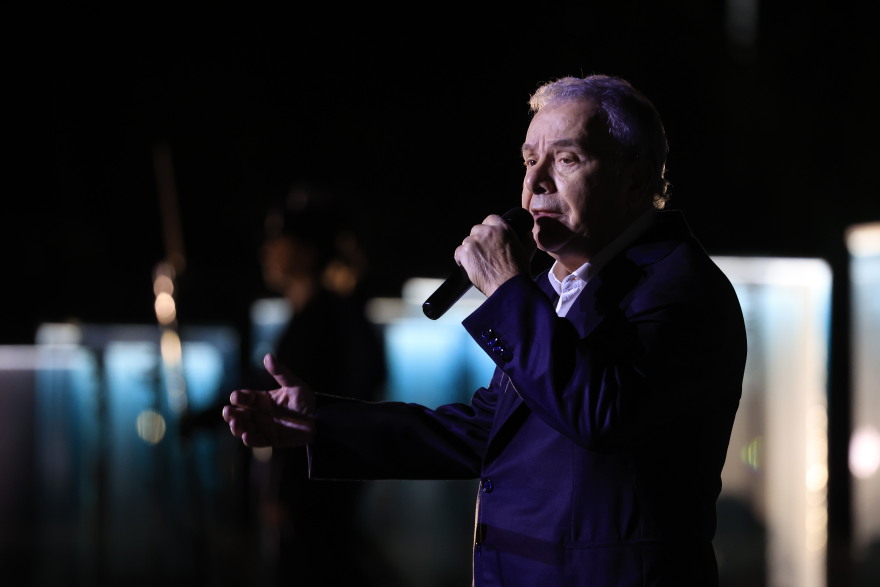
Manolis Mitsias performs “Pos na sopaso” (“How Can I Keep Silent”) — a song by Nikos Xylouris and Stavros Xarhakos, 1972.
A new era has begun for the MInistry of National Defense, as the new bioclimatic façade of its central building on Mesogeion Avenue is being presented today.
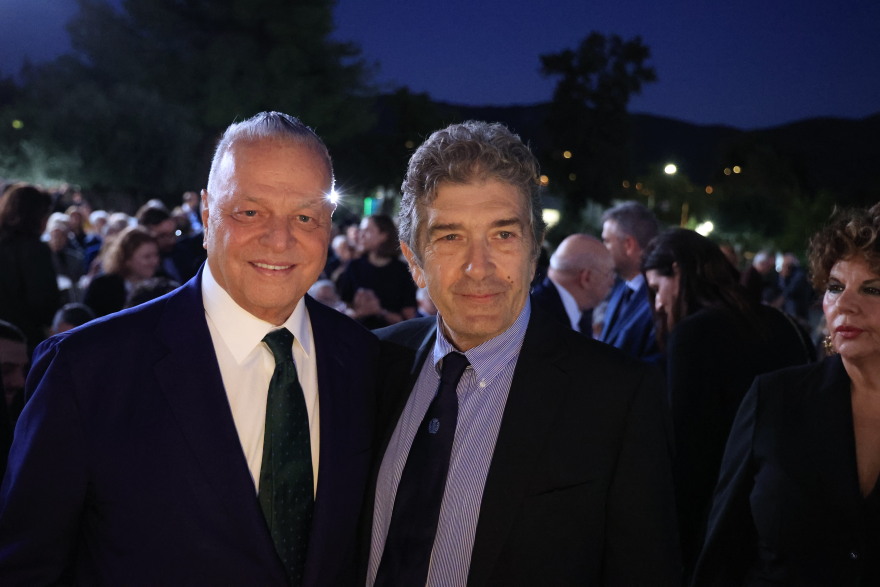
The transformation of this historic building, originally constructed in the 1960s, marks a significant step forward in the fields of architecture and environmental sustainability.
The unveiling ceremony takes place on Wednesday afternoon, in the presence of President of the Hellenic Republic Konstantinos Tasoulas, Prime Minister Kyriakos Mitsotakis, and Minister of National Defense Nikos Dendias.
The project bears the signature of internationally acclaimed sculptor and professor at the Aristotle University of Thessaloniki, Kostas Varotsos, and architectural engineer Chrysanthi Asproulopoulou.
The two artists worked closely together to completely redesign the building’s façade, giving it a new identity that combines artistic expression, functionality, and energy efficiency.
The renovated building merges artistic creativity with environmental innovation, transforming what was once a strict and austere structure into a bright, modern, and dynamic construction.
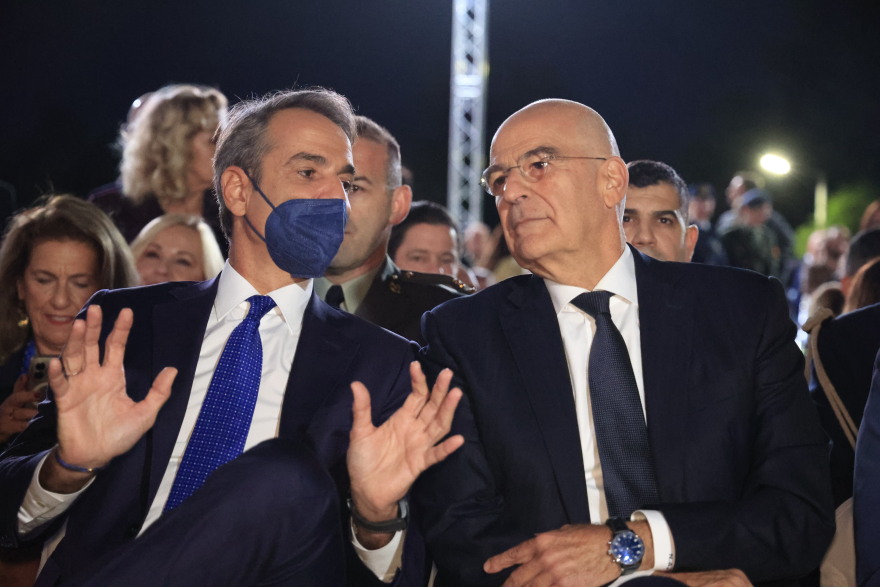
A new era has begun for the Ministry of National Defence, as the new bioclimatic facade of its central building on Mesogeion Avenue is unveiled today.
The transformation of this historic building, originally constructed in the 1960s, marks a major advance in the field of architecture and environmental sustainability.
The unveiling ceremony will take place on Wednesday afternoon, in the presence of President of the Republic Konstantinos Tasoulas, Prime Minister Kyriakos Mitsotakis, and National Defence Minister Nikos Dendias.
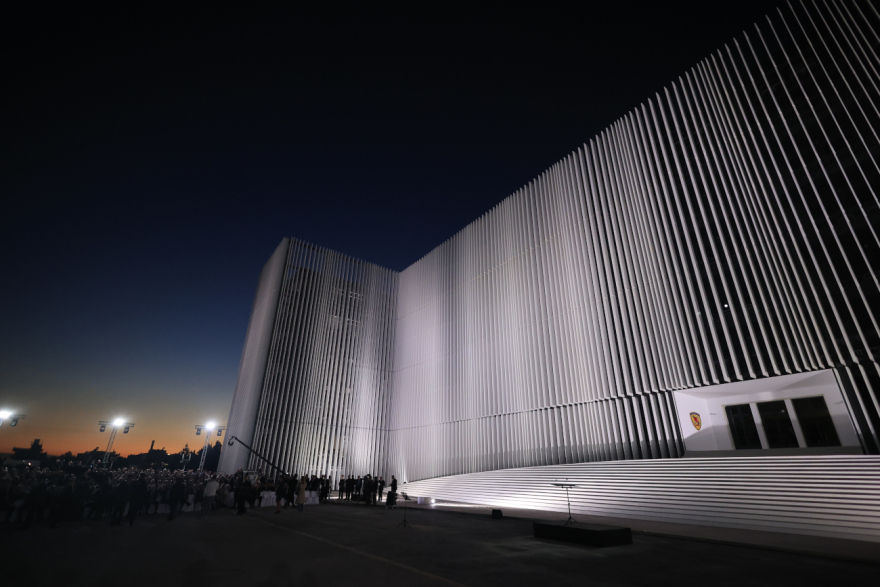
More details about the renovation and future plans for the building are expected to be revealed at the event. The project is signed by the internationally acclaimed sculptor and professor of the Aristotle University of Thessaloniki, Kostas Varotsos, and the architect and engineer Chrysanthi Asproulopoulou. The two artists worked closely together to radically redesign the building’s façade, giving it a new identity that combines artistic expression with functionality and energy efficiency.
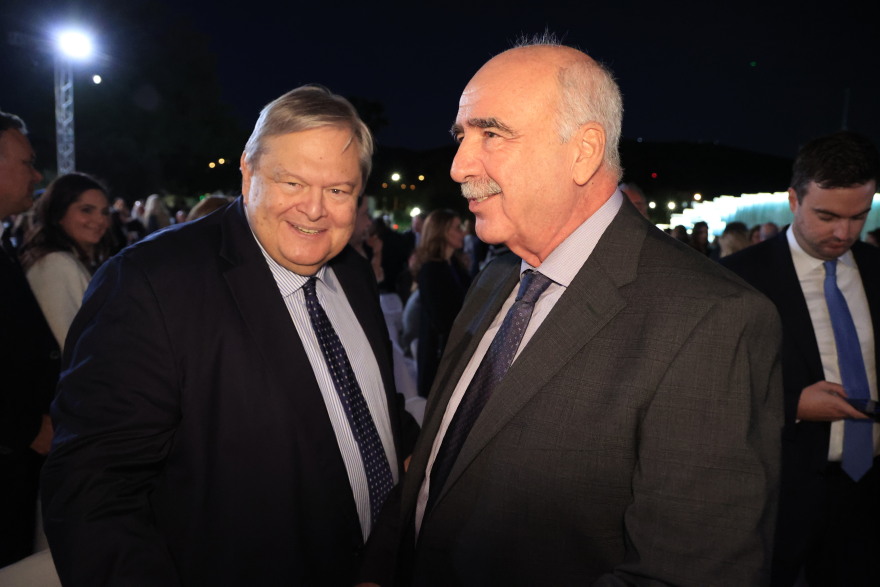
The remodeling work began months ago, focusing on initial interventions mainly in ancillary buildings, to culminate in a radical overhaul of the whole. The renovated building combines artistic expression with environmental innovation, transforming the once austere and cold structure into a bright and contemporary structure.
Attendees at the event will have the opportunity to view stunning images and videos highlighting the innovative approach to the renovation. Bioclimatic retrofitting promotes sustainability and is a model for future public projects.
Protest earlier outside the Ministry
Earlier, Federations and Associations of active and retired officers held a protest gathering at Armed Forces Square, across from the Ministry of National Defense, in reaction to the Ministry’s multi-bill.
Related items
-
 Kypseli: The 16-year-old who stabbed a 14-year-old at school has been arrested three times - She had been expelled from the previous one
Kypseli: The 16-year-old who stabbed a 14-year-old at school has been arrested three times - She had been expelled from the previous one
-
 Alexandros Angelopoulos: From night club bouncer to cocaine baron
Alexandros Angelopoulos: From night club bouncer to cocaine baron
-
 December 15th, 1937 - Stalin's purge of the Greeks of the USSR begins
December 15th, 1937 - Stalin's purge of the Greeks of the USSR begins
-
 Kalafatis Family: A “quiet” leader exporting to more than 60 countries
Kalafatis Family: A “quiet” leader exporting to more than 60 countries
-
 Volos mayor defends live pony in nativity scene as animal welfare group claims abuse
Volos mayor defends live pony in nativity scene as animal welfare group claims abuse
Latest from E.Tsiliopoulos
- Kypseli: The 16-year-old who stabbed a 14-year-old at school has been arrested three times - She had been expelled from the previous one
- Alexandros Angelopoulos: From night club bouncer to cocaine baron
- December 15th, 1937 - Stalin's purge of the Greeks of the USSR begins
- Kalafatis Family: A “quiet” leader exporting to more than 60 countries
- Volos mayor defends live pony in nativity scene as animal welfare group claims abuse

